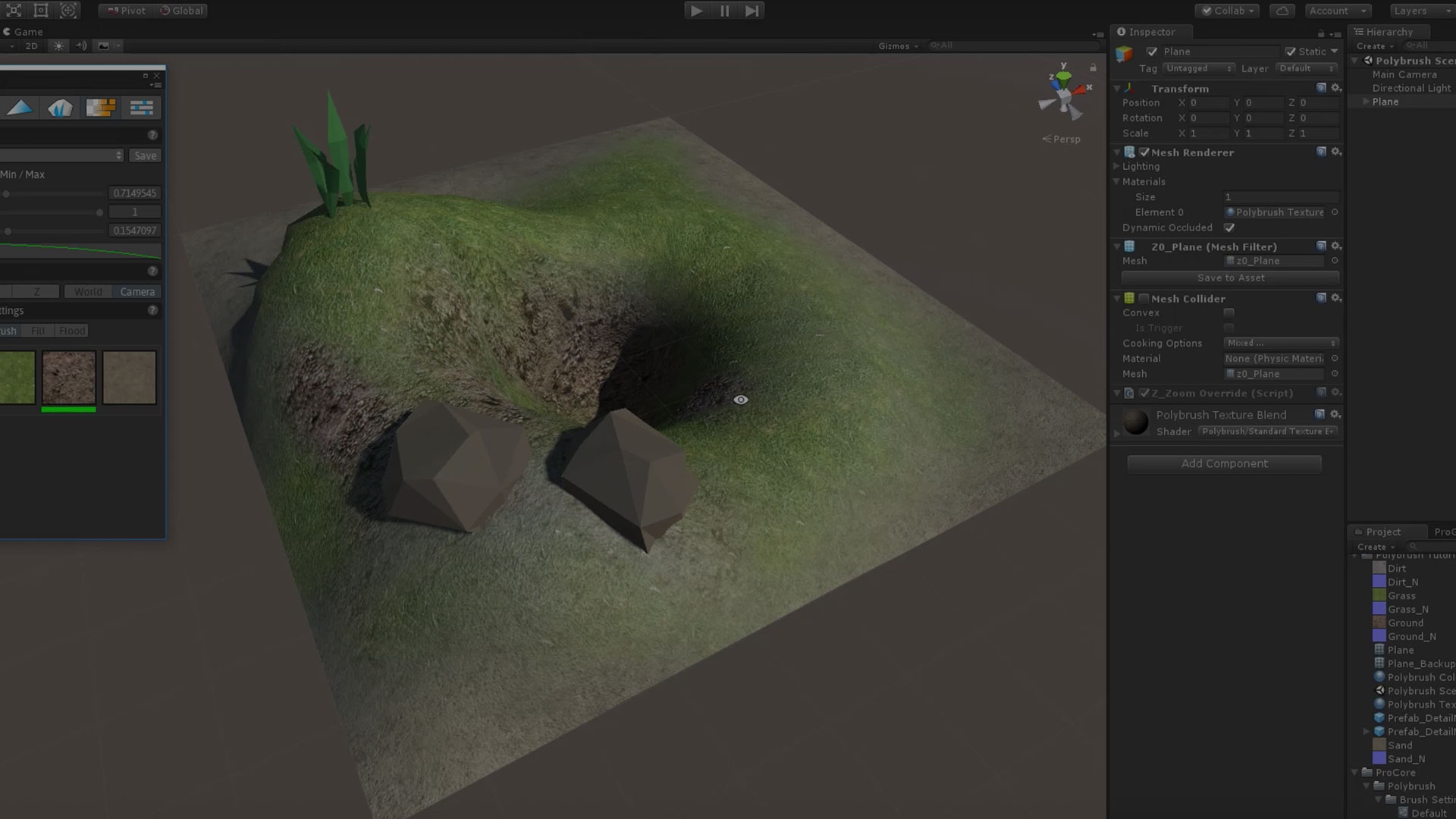

It was then I intuited that our experiment might stand up to proper scrutiny. The canvas held its own among the assembled works. Jay was installing an exhibition at the time. It had the word “MAGIC” written on it, with a trellising of images and phrases in the background. I took a large one-word canvas to Jay Jopling’s White Cube. Over the years, many people witnessed their evolution. These are objects that stand before the painting, complicating your response. Many of the one-word paintings come with sculptural obstructions. We worked from a studio we shared in Hackney Wick, London. It was here that I think our voice was liberated. Then we graduated to the large, wall-sized paintings, 7ft by 10ft. We chose 12 iconic words in the history of our culture and made them the basis of a visual and verbal orchestra. We began simply, from wit paintings (a term we cooked up for works that have linguistic wit at their centre) to one-word paintings. They are to be read purely in the weight of their visual value and field.

They are not to be read as literature, as poetry. This is words as picture-making, as abstractions. In our collaboration, words take on a different weight. Whether it is the early phases of cubism, the verbal delirium of Basquiat, or in the luminous austerity of Jenny Holzer, the word has always had great implications for art. Each character of that ancient language was an image, an idea, and the location of a power. Hieroglyphs were a sacred use of image in word-building. It is there in Egyptian art, which is an art of image and invocation.

For a long time in the history of art, words and images have been deployed to address the aesthetic sense and the conceptual hunger. It was only possible because of a long history of friendship and mutual respect. Rosemary is a remarkable artist for being open to such a collaboration. ‘Our voice was liberated’ … The True Artist. Sometimes I contributed Nsibidis, the second oldest alphabet system in Africa after hieroglyphics. I would add marks, symbols, abstract shapes, and texts. It is rare to find someone with whom one can truly collaborate. We decided to take our collaboration further. The paintings and stories were brought together into a book called The Magic Lamp.

In five years, I wrote 25 stories from inside her paintings. Then, about seven years ago, I began painting again.īy then I had already begun collaborating with Rosemary Clunie, the Scottish painter and my long-time friend. The poem came easily, but I had to work for the drawing. Then one day, when it rained, I decided to find out what I wanted to do with my life. At the same time, I was learning to write. Under this democratic artistic spirit, I learned to paint. T o be an artist in the Lagos of my youth, you had to be multi-disciplinary.


 0 kommentar(er)
0 kommentar(er)
